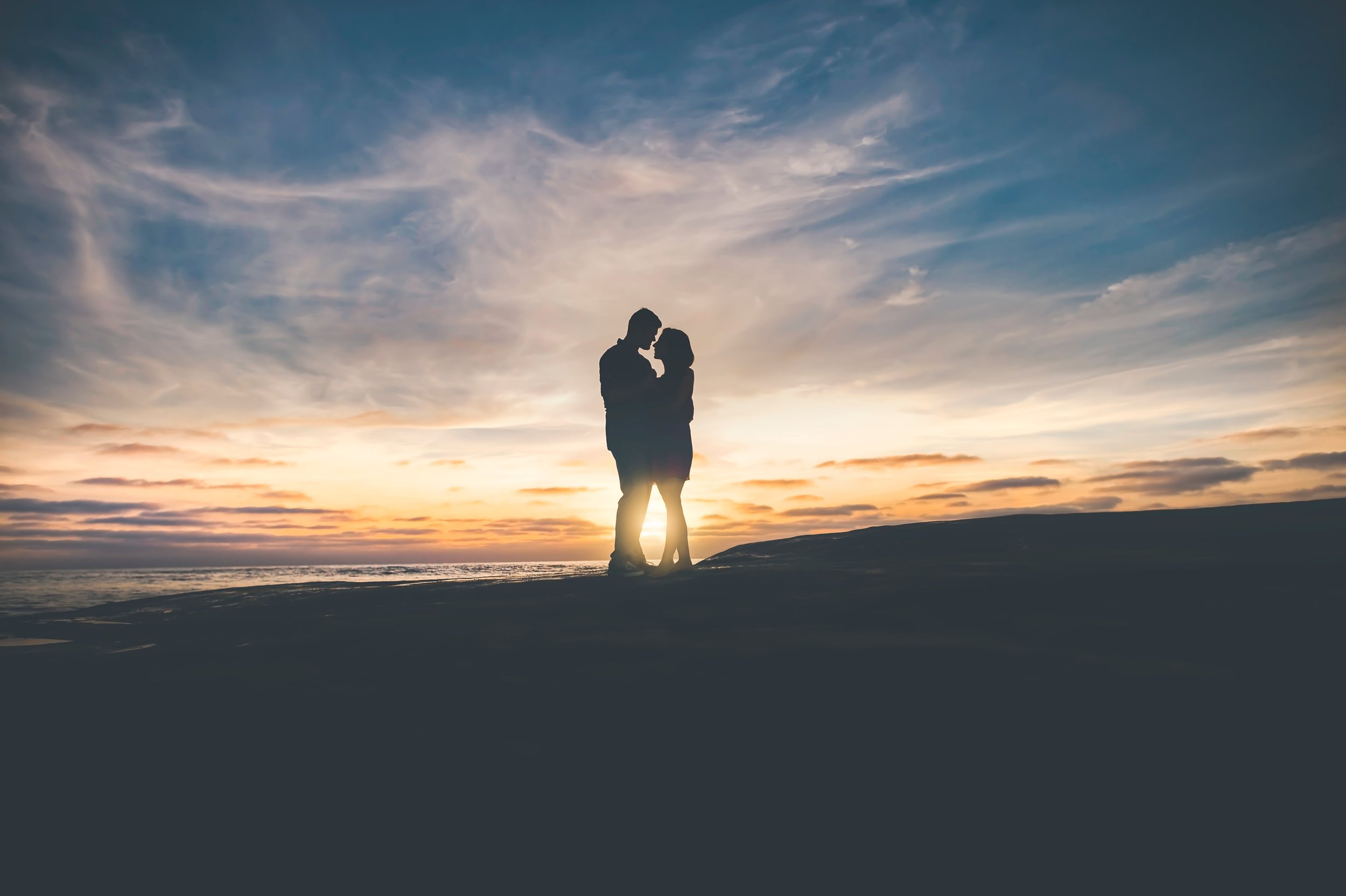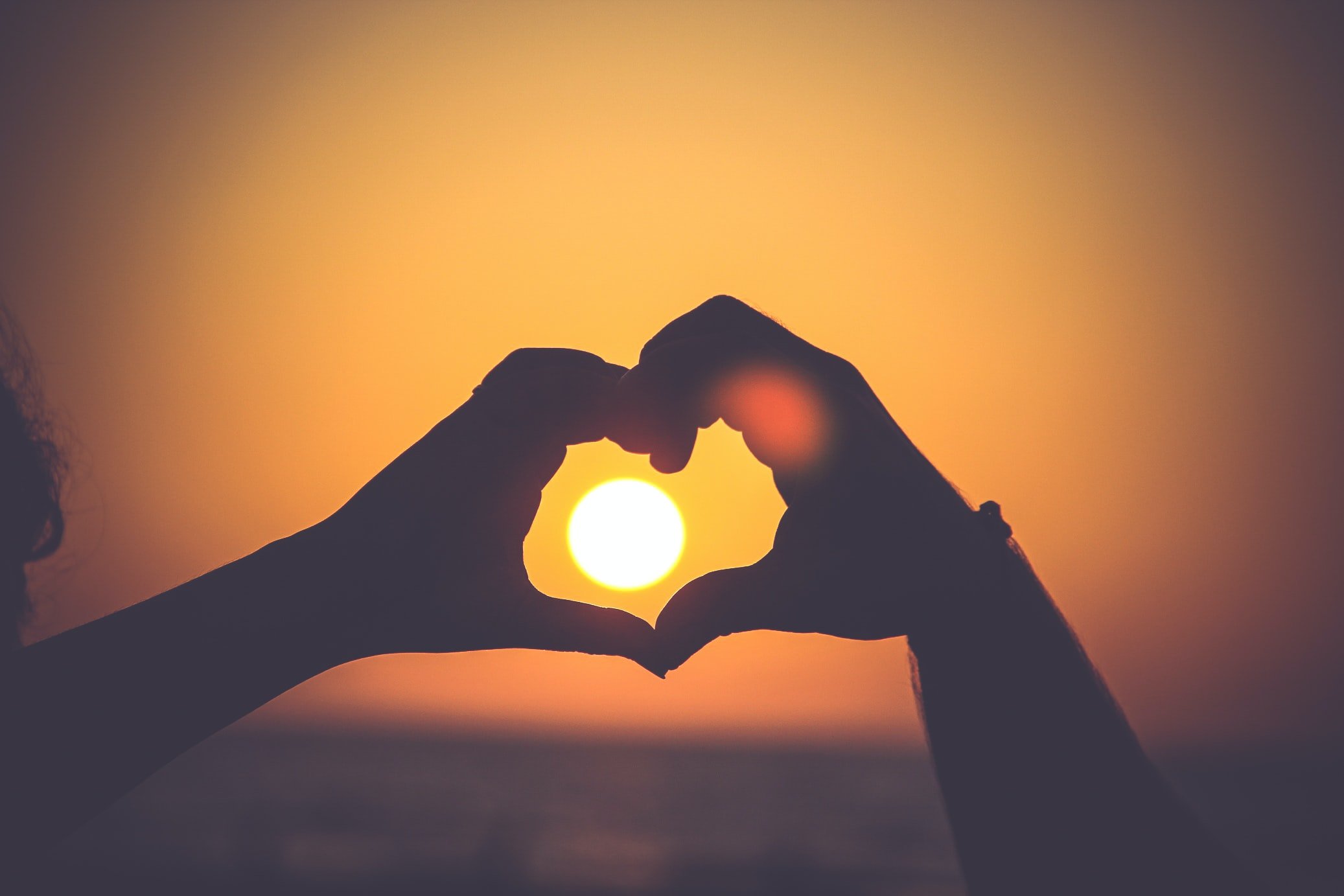7 Popular Romance Tropes in Fiction (and Examples of Them Done Well)
Writing a romance novel? Or incorporating a romantic subplot into your SFF WIP?
Then you need to know about the most common romance tropes in fiction.
These are the romance stories people love to read. And even though they’re familiar, they can act as the basis for something truly unique.
Let’s take a closer look…
What is a trope?
A trope is a plot element, character or theme that is used so often in storytelling that it has become familiar and commonplace.
Each genre of fiction writing has its own tropes.
For example, the intelligent psychopath is a trope character in thriller novels. And characters setting out on a quest is a common plot trope in fantasy fiction.
There are lots of popular romance tropes in fiction writing – and we’ll look at these in more detail in a moment.
How can tropes be useful?
I’ll be honest – sometimes people are a little negative about literary tropes. There’s the sense that tropes are a sign of lazy or unimaginative writing.
But I’d argue that tropes (including common romance tropes), can actually be really useful when handled in the right way.
When you’re writing you’re trying to achieve a delicate balance – between the tried, tested and popular on the one hand and unique elements on the other.
Make your writing too original and readers may be thrown too far out of their comfort zone. They end up disliking your book because it’s too new and different.
However, make your story too familiar and you run the risk that readers will get bored. If they’ve seen it done a thousand times before, what makes your story stand out from the rest?
This is where tropes can help.
By looking at commonly used tropes you get to understand what kinds of things people like reading about again and again. Incorporate a trope into your fiction and you can be sure that your story will have appeal.
The trick is to then introduce unique devices – or even choose to subvert the trope – to give your novel a distinctive point of difference.
7 popular romance tropes (and examples of them done well)
If you’re writing a romance novel – or just spicing up your fiction with a love story (see: how to write a romantic subplot) – there are a number of popular romance tropes you should know about.
Here are the characters, plots and themes we know and love, along with a few great examples.
Some of the below links are affiliate links – if you decide to purchase a book from one of these links, I'll receive a percentage of the sale.
Enemies to lovers
An “enemies to lovers” romance starts out with two protagonists who don’t like each other very much.
Often, because of differing opinions, rival interests or a simple misunderstanding, that aversion escalates into passionate hate.
But, as we so often see with this romance fiction trope, there’s a fine line between hate and love. And soon an attraction is simmering.
By the end of the novel, enmity is forgotten as the two main characters realise and declare their feelings for one another.
Excellent examples of the “enemies to lovers” romance trope:
Friends to lovers
Another common romance trope is “friends to lovers”.
A novel starts with two characters who have known each other for a long time, usually since childhood. They’re firmly in the friend zone, which means lots of opportunity for us as readers to observe and enjoy their friendship.
At a later point in the story, one or both of the characters realises that they would like to be more than just friends. Cue a little awkwardness as they voice their attraction – and then a happy ever after as best friends become lovers.
Excellent examples of the “friends to lovers” romance trope:
Second chance love
In a “second chance love” story, the two protagonists have history.
They’re high school sweethearts or estranged spouses who’ve been in a relationship before but are now single, divorced or with other (obviously unsuitable) partners.
Fate brings the pair back together when they’re older and wiser. They realise that they still have feelings for one another. And a new chapter in their love story begins, with their relationship often better and stronger for the time they spent apart.
Excellent examples of the “second chance love” romance trope:
Fake dating
A “fake dating” story starts with pretence. For one reason or another, the main protagonists choose to pretend that they’re in a relationship.
This might be because there’s a legal, monetary or material benefit to being in the fake relationship. Or just because it’s easier to attend an awkward social event with a plus one by their side.
Over the course of the novel, the pretend relationship transforms into the real thing, with one or both characters falling for the other.
Excellent examples of the “fake dating” romance trope:
Forced proximity
Another pretty popular romance trope, the “forced proximity” trope is where two characters are stuck together in the same place with no escape.
The protagonists may have a complicated history together – or they may be complete strangers – but finding themselves in the same snowed-in cabin / broken lift / dystopian desert, they’re forced to spend lots of time together.
They get to know one another or spar over past grievances until frostiness and awkwardness dissipate, and romance ensues.
Excellent examples of the “forced proximity” romance trope:
Forbidden love
The two main characters in a “forbidden love” story desperately want to be together. But their families, friends or wider society have a problem with the relationship – and those forces seek to pull the couple apart.
Snatched, passionate moments and lots of heartbreak are common features of the “forbidden love” romance trope as the main characters strive to build a future together against the odds.
Excellent examples of the “forbidden love” romance trope:
Love triangle
Once really popular, I’d say that this romance trope is less common than it perhaps used to be. But as you’ll see, there are lots of great examples around – so it’s well worth a mention.
The “love triangle” trope involves three main characters, two of whom are vying for the affections of the same third person.
In general, the two would-be lovers have very different qualities or personalities. This means that the love interest is faced with a dilemma over who would be the best partner.
This type of novel involves tension and unrequited love – and readers tend to become really invested in one pairing or another, rooting for their favourite relationship to succeed.
Excellent examples of the “love triangle” romance trope:
Want to bring a little extra romance to your fiction?
I hope these popular romance tropes have given you some inspiration for your own fiction writing.
But if you’d like some more help creating a believable and exciting love story for your novel, my copyediting service could be just what you need.
I can help you to build chemistry, write steamy scenes and achieve the natural dialogue you’d expect between two characters at any stage of their love story arc.
Get in touch to find out more.
Until next time,
Candida


